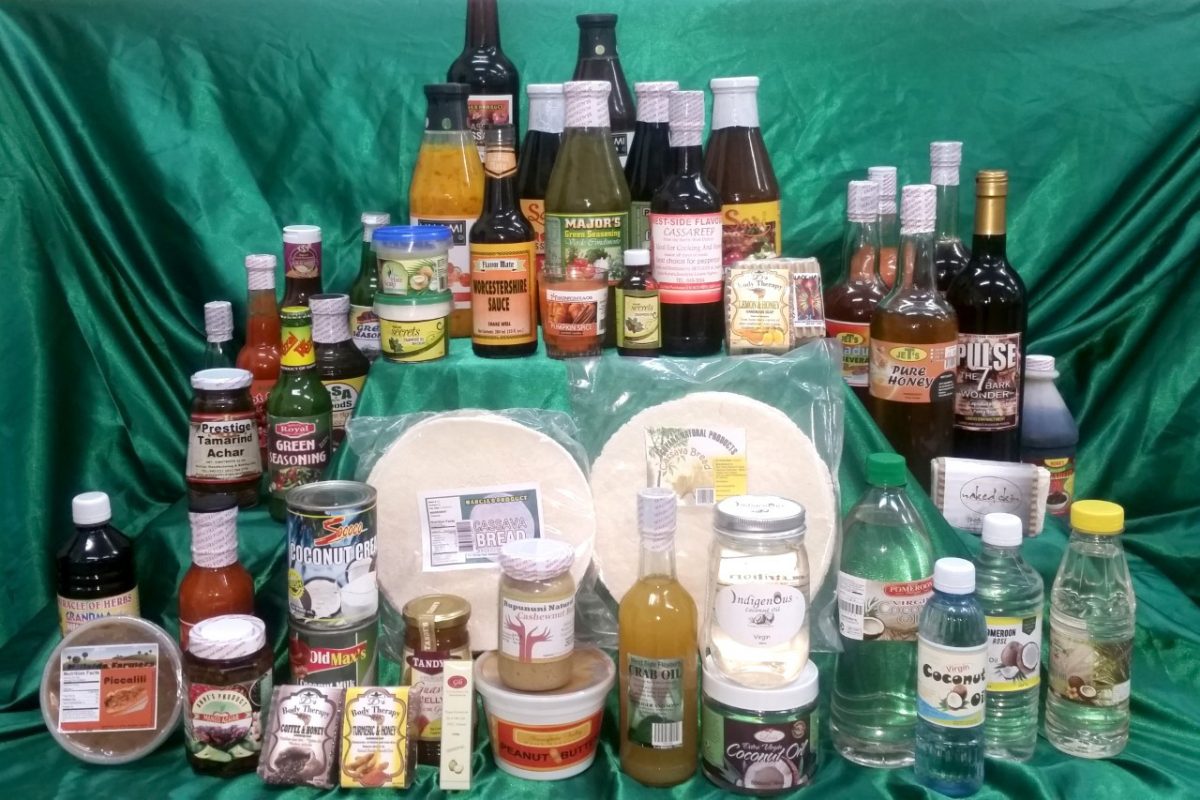Examining some of the growing pains of the small business sector the past decade or so has witnessed the impressive growth of the small business sector, particularly in the context of its role as a provider of both substantive employment and as an income supplement for individuals and families already formally employed but in need of alternative additional money-earning options to subsidise existing incomes.
Arguably the biggest impact that the small business sector has made locally is that of fostering the growth of an entrepreneurial spirit among small business owners, many of whom, up until just a few years ago, knew little about running a business. It was the need to raise their standard of living and better provide for their families that mostly pushed them in the direction of becoming business owners.
The risks associated with these leaps of faith were high since many of these small business startups were created out of limited savings and through borrowing from the informal lending sector; the formal one, particularly commercial banks, having struck a posture that frowned upon providing loans to mostly first-time, small entrepreneurial adventurers.
How successful the emergence of the first wave of contemporary small business owners have been depends on the perspective from which the development is viewed. Investments were modest and so were returns and since many first-timers had little if any knowledge of running a business in the first place, the prevailing ‘hit or miss’ approach meant that the failure rate was high. Many of the more popular small business pursuits including areas like poultry rearing, food vending and ‘buying and selling’ were virtually stillborn on account of the lack of the support base that was needed in terms of mentorship and financial and technical support.
The small business sector survived, however, specifically because most of the adventurers who invested in one small enterprise or another were in effect fighting for the survival of their families so that their efforts became characterised by a fierce determination and a preparedness to experiment with one type of ‘hustle’ or another. In fact, it was out of this circumstance that grew the contemporary street vendor class, the growing number of agro-processors and the practitioners in some of the popular contemporary trades including the body beauty trades.
If this category of contemporary businessmen and women have gone largely unrecognised by the local Business Support Organizations (BSO’s), they have won a considerable measure of public support due mainly to their resilience and in the instances of those who have survived and grown, the ability to go forward utilising approaches to business growth not to be found in the conventional text books on business management. These days, a fair number of modest but decidedly successful businesses whose rise took place outside the confines of the conventional business culture have broken through the barriers, earning what in some instances has been the grudging acceptance of the mainstream business infrastructure on account of the strides that they have made.
The recognition which, these days, is accorded the agro-processing sector as a legitimate part of the mainstream business sector is richly merited. It will be recalled that the rise of the agro-processing sector to its current level of consumer recognition materialised only after the sector had endured a period of considerable rejection arising out of what was felt (mostly by middle-class consumers) to be sub-standard production methods, an absence of mindfulness of health and safety concerns and below-par product presentation. Some of the earliest efforts to secure entry of local agro-produce into the mainstream product distribution system was met by considerable pushback from the food distribution industry. This subsided only after some manufacturers began to invest heavily on improving product standards.
Other considerations also emerged to work in favour of the gradual growth of the small business sector. These include:
1. The emergence of a limited number of lending institutions outside the formal banking sector to lend support to the small business ‘class’;
2. The gradual (and ultimately only limited) relaxation of the closed-door posture to micro and small businesses that had been struck by the commercial banking sector;
3. The significant increase in the number of informal avenues for generating income for investment in small businesses;
4. The increase in government support for small business development particularly through product displays, sporadic market opportunities and training and logistical support afforded through institutions like the Guyana Marketing Corporation and its Guyana Shop;
In the agro-processing sector, particularly, producers have continued to demonstrate high levels of skill and ingenuity in producing a range of products that include peppers, pickles and condiments. Product popularity and consumer demand, however, has been retarded by challenges associated with less than efficient production processes arising largely out of sub-standard equipment (or in many instances no equipment at all) and product presentation resulting from packaging and labelling imitations.
There has been some forward movement, however. Local product promotion events including, first, GUYEXPO and more recently the UncappeD event staged jointly by the Ministry of Business and the Guyana Manufacturing & Services Association (GMSA) and the Guyana Marketing Corporation’s Guyana Shop and its Farmers’ Market have done much to raise the profile of local agro-products. Here, recognition must also be given to the work of the Guyana School of Agriculture and the Farmer to Farmer initiative for providing local agro-processors with training in various areas of the discipline.
In recent years local agro-processors (and craftspeople) benefit greatly from international trade fairs through the support of entities like the Small Business Bureau and the Guyana Office for Investment (GO-Invest). With the opening of these avenues coupled with improved levels of acceptance of our local agro-produce in outlets at home, the profile of the sector continues to be advanced.
On the whole, there is considerable opportunity, going forward, for the small business sector, including the agro-processing sub-sector to be advanced. With oil and gas likely to become a major factor in terms of the availability of financing for strengthening the other facets of the economy, sectors like agro-processing, already buttressed by a robust agricultural sector would appear set to grow. A corollary to these developments, of course, will have to be more state and non-state investment in overseas product promotion since the anticipation of increased production in the non-oil sectors of the economy will give rise to the need for expanded markets both at home and abroad to absorb the increasing volumes of local products.
While the strengthening of a local entrepreneurial culture is likely to continue to witness the emergence of new small businesses, enhanced market prospects will, correspondingly, witness the continued growth of existing ones so that, simultaneous with the growth of an oil and gas economy, there is also the potential for the continued expansion of the agriculture and agro-processing sectors. All of this is simply another way of saying that prudent economic management and the strategic application of human skills and technology in the non-oil sectors, in this case, agriculture and agro-processing, can see Guyana blossom into a multi-sectorial economy second to none in the Caribbean and certainly comparable to the ‘heavy hitters’ in the hemisphere.





